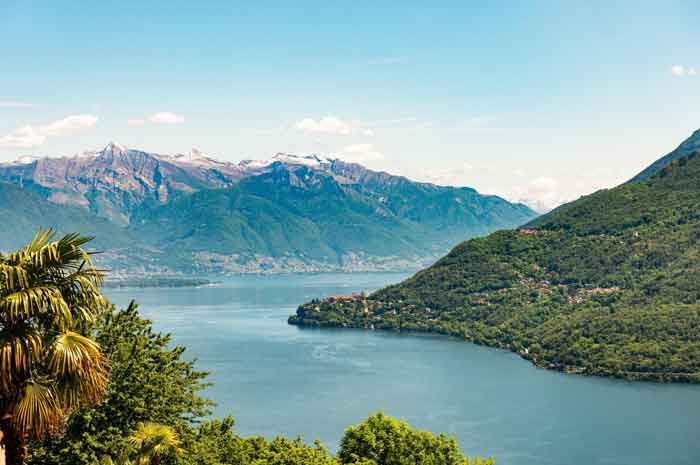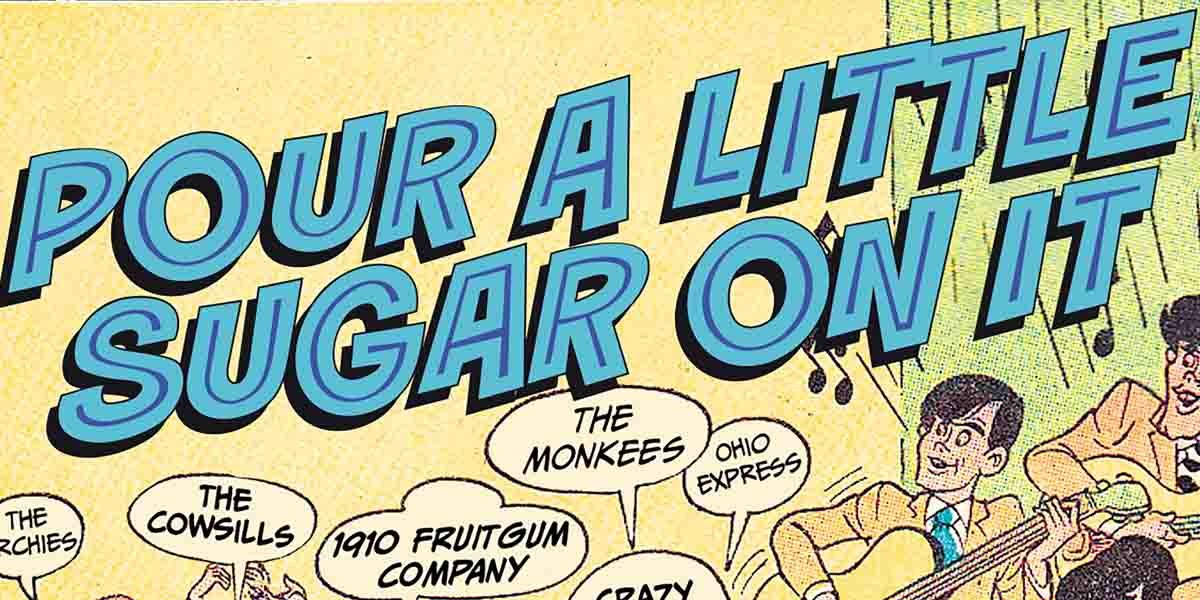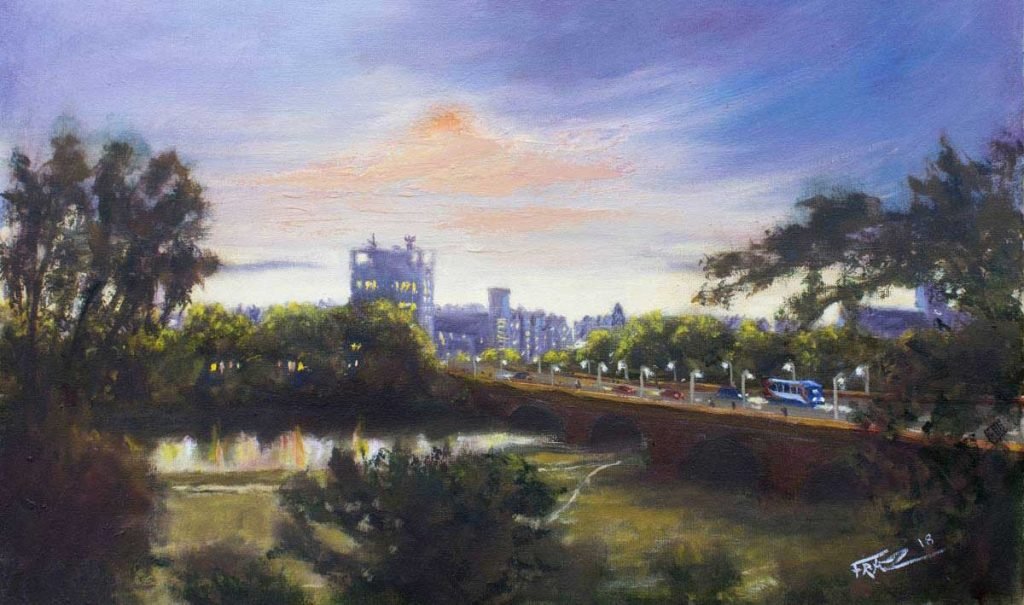I remember a quite substantial garden at home, but neither my mother nor my father did much in it. My father was satisfied with cutting the lawn – tinkering with the machinery, and generally maintaining a lawn with very precise stripes.
No, it was a holiday that did it for me. Arriving at Stresa in Italy was the beginning of a love affair with gardens and probably the reason I later lived in Italy for a number of years. The town of Stresa on the banks of Lake Maggiore was magical enough to a small child, but it was the lake – a magnificent lake of unparalleled scale and beauty that serpentine like snaked its way from Italy to Switzerland.
The lake held a fascination for me because in the midst of this watery expanse were three islands, each unique, two with beautiful gardens, palaces, obelisks and statues.
I returned to Lake Maggiore in 2019 nearly half a century later! The islands hadn’t changed much. Isola Bella (The beautiful island) is perhaps the most elaborate and fantastical garden. First created in the 1630s after being purchased by the Borromeo family, the garden took some 40 years to create, and was the first garden in Europe to acclimatise camellias and rhododendrons. Created in the shape of a ship this Baroque masterpiece features 10 terraces with obelisks and statues, a lily pond, and a criss cross of box hedges encasing the Giardino dell’amore (garden of love). The Dock represents the prow of the ship whilst the palace forms the bow deck, with the raised terrace representing the ships bridge – quite amazing!

Taking the boat once again I travelled to Isola Madre (Mother Island) which is the largest of the three with a botanical park of 20 acres. In contrast to Isola Bella the gardens are inspired by the English style of gardening, and feature collections of plants that were being discovered from all over the world by plant collectors. The Borromeo family introduced many citrus trees and vines.
It was here on Isola Madre that I saw a tree that I think is possibly my favourite tree of all time. In fact, it is the only example I have ever seen, such is its rarity. The one on the island has a story that is fascinating in itself.
Cupressus cashmeriana to give it its botanical name (Kashmir cypress) is a tree of outstanding beauty. It is native to Eastern Himalaya in Bhutan where it is the national emblem, and the adjacent areas of Arunchal Pradesh in north-eastern India. It is tender and has spectacular clear turquoise foliage with a weeping habit that almost looks like rainfall.
The ancient specimen on Isola Madre arrived as a seedling in a small paper bag from the Himalayas some 212 years ago. In 2006 disaster struck in the form of a tornado which saw the whole tree uprooted. Skilled gardeners, technicians and engineers came to the rescue with three cranes, winches and steel cables, and the tree was successfully saved. It is now braced with cables, but still beautiful.
Our journey ends on Isola dei Pescatori – the island of the Fishermen. The island is a medieval matrix of small houses many of which are decorated with fishermen’s nets. It is the only island of the three which is permanently inhabited, some of whom still fish for a living.
If as a result of this article you are tempted away from weeding your garden, you won’t be disappointed if you decide to visit Lake Maggiore. As always happy gardening.
As always happy gardening!
Author: DAVID FLETCHER
David Fletcher MCIHort is a fully qualified member of the Chartered Institute of Horticulture, and has been a gardener most of his life, both as a professional and an amateur.






